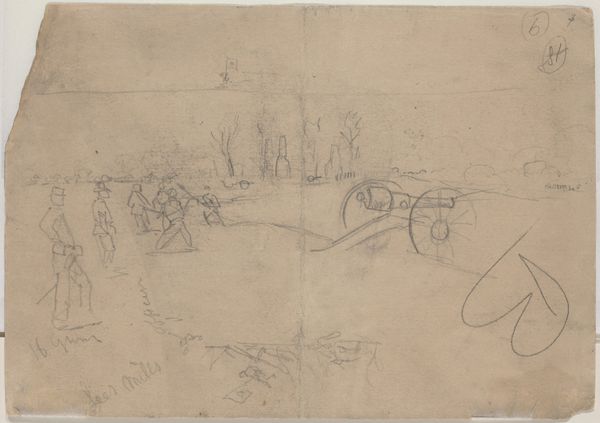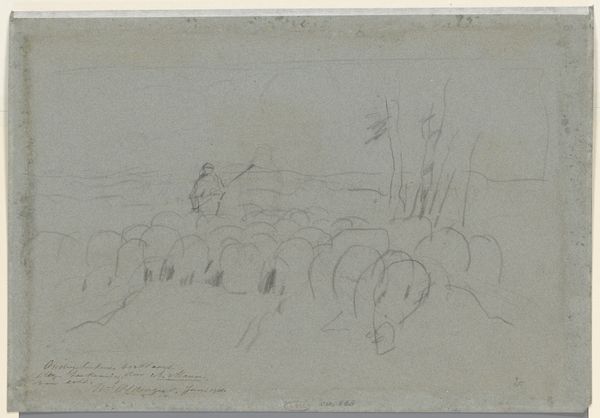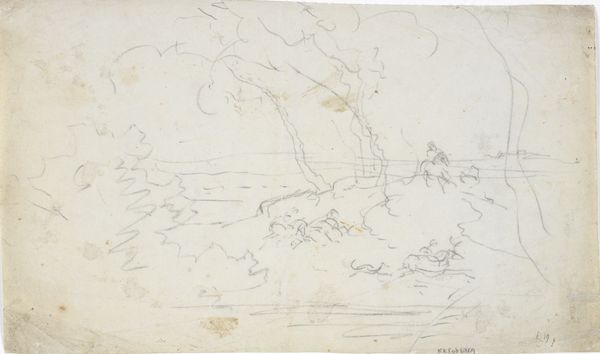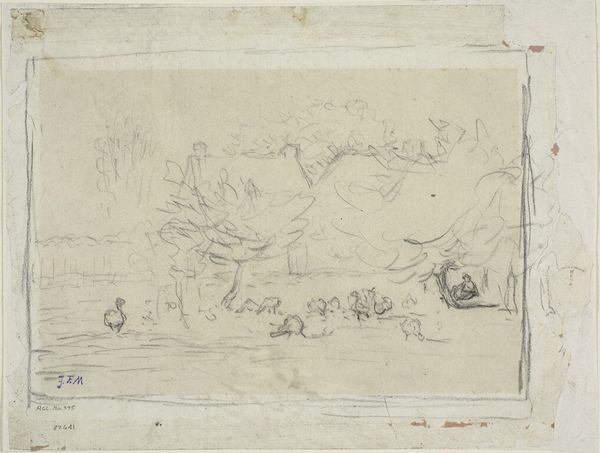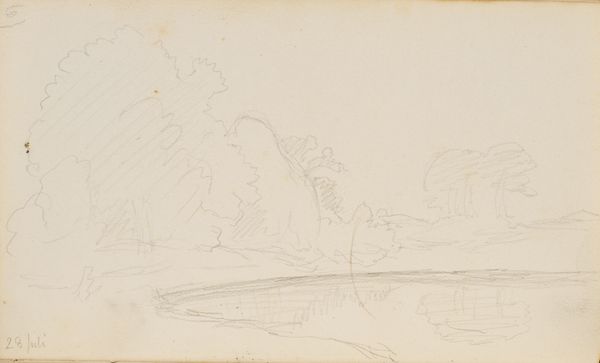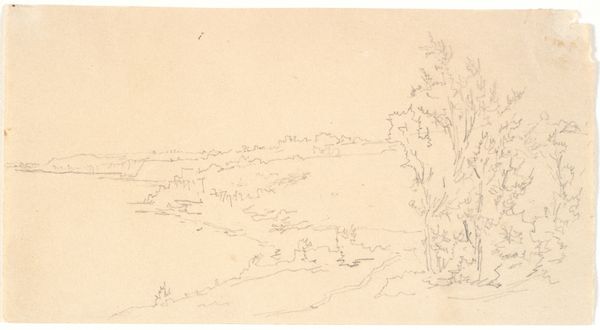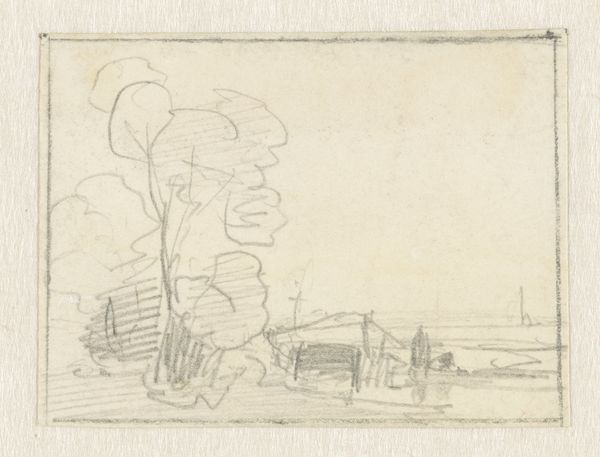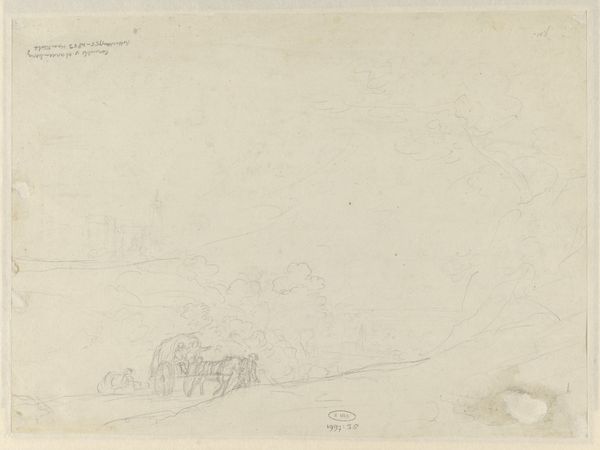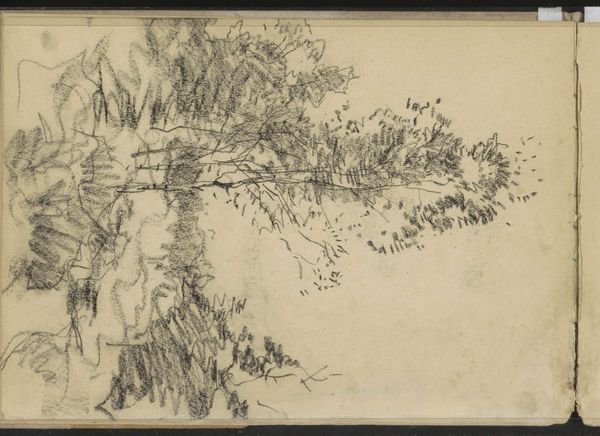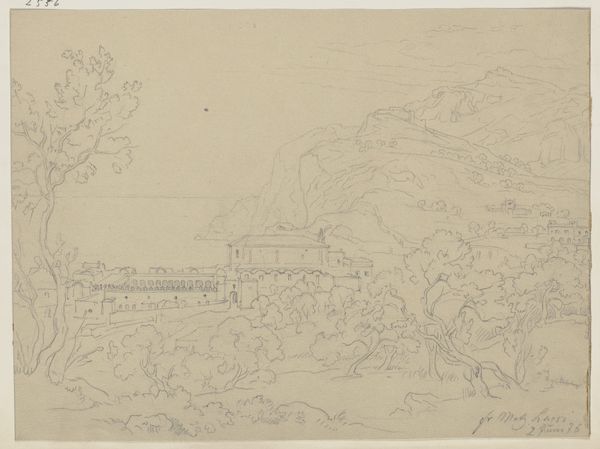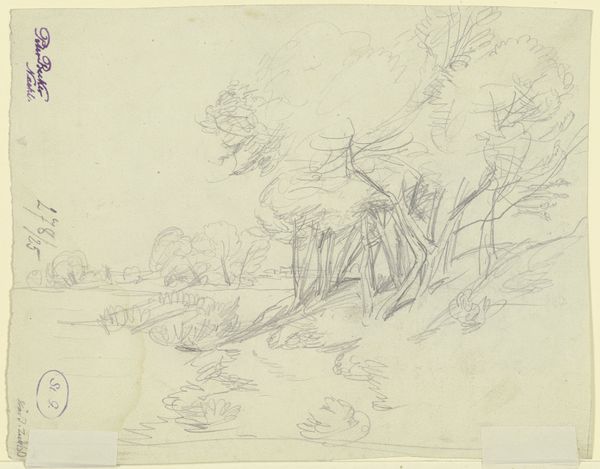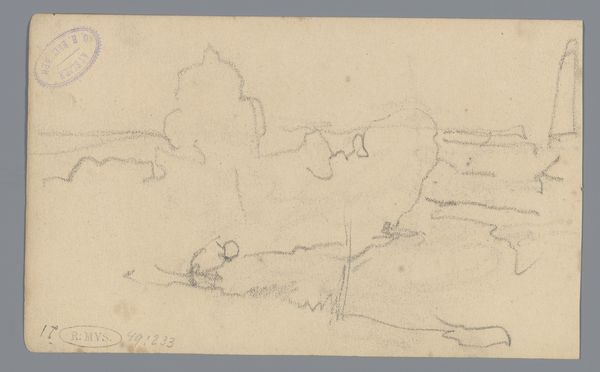
drawing, pencil
#
drawing
#
landscape
#
pencil
#
history-painting
#
realism
Dimensions: sheet: 17.3 x 25.2 cm (6 13/16 x 9 15/16 in.)
Copyright: National Gallery of Art: CC0 1.0
Editor: Here we have Winslow Homer's "Rebel Works at Yorktown" created in 1862, a pencil drawing on paper. There’s a stark contrast between the defined figures in the foreground and the indistinct landscape in the distance; a kind of unsettling ambiguity pervades the work. What strikes you when you examine it? Curator: What is compelling is how the interplay between the sketched figures and the stark background plane achieves its affects. Consider the foreground; a frieze-like composition achieved with distinct patches of tonality to suggest solidity and form and an implicit tension in the way forms overlap and seem almost caught together within the visual field. And observe how the bareness of the upper two-thirds acts as an inverse tonal field of formal tensions. Editor: So, the tension resides within the tonalities used within the composition? Curator: Precisely. The artist exploits the relationship between tonal absence and presence; note that without such large expanse of bare, reserved tonal applications, the drawing’s meaning and the implied narrative lacks depth. Note how the artist allows the ground to pervade through his depicted field in varied levels and techniques, leaving key passages tonally unoccupied, or nearly so. This technique implicitly informs narrative. Editor: Are you suggesting that these visual absences inform meaning just as much as what is visually present in the drawing? Curator: Absolutely. Semiotically speaking, the composition is about contrasting densities that suggest form, a technique designed for implied, narrative effect. Notice also how it renders any reading of straightforward military or war depiction far more complex. Editor: This is quite fascinating; looking at how absences in visual presentation influence interpretation. I never thought about analyzing art in this way! Curator: Indeed, Homer asks us to actively engage with what is absent in order to truly perceive what is manifest, and how it means, visually.
Comments
No comments
Be the first to comment and join the conversation on the ultimate creative platform.
